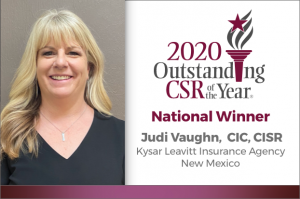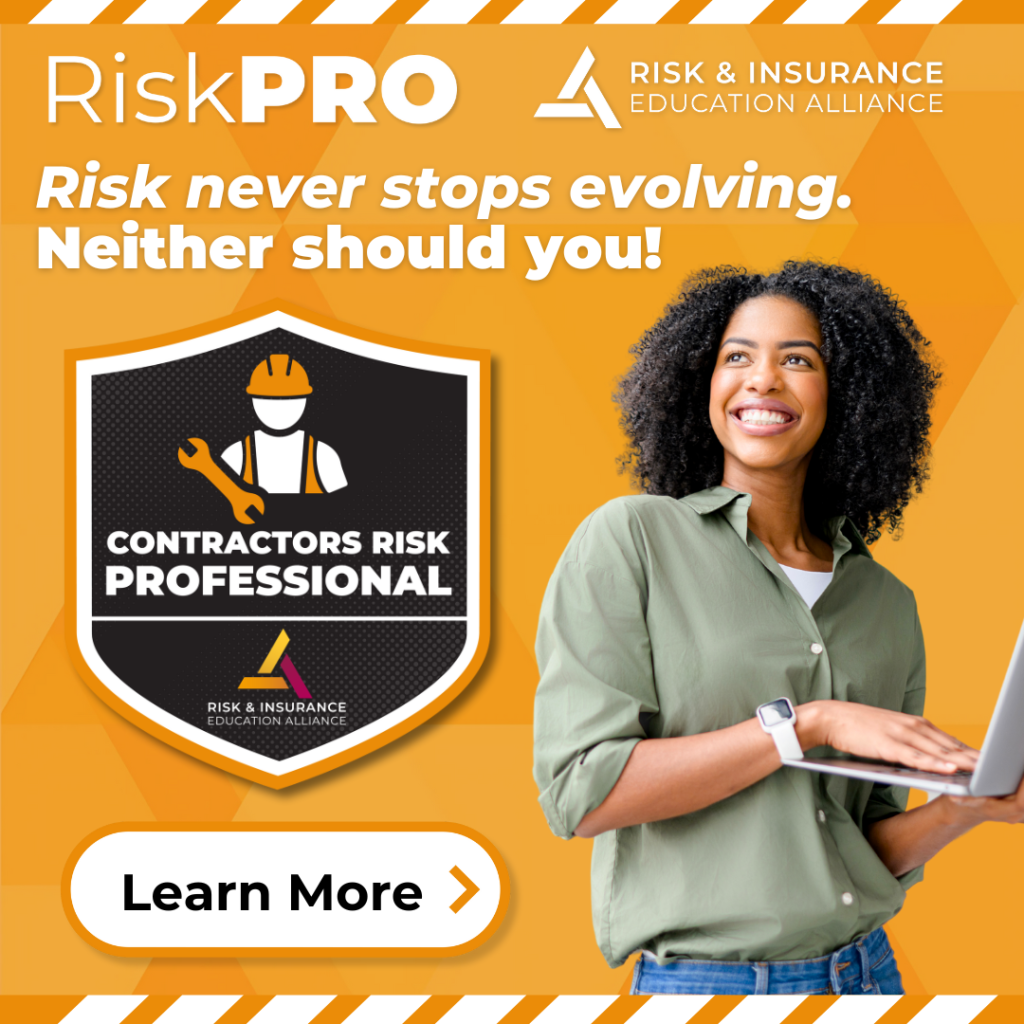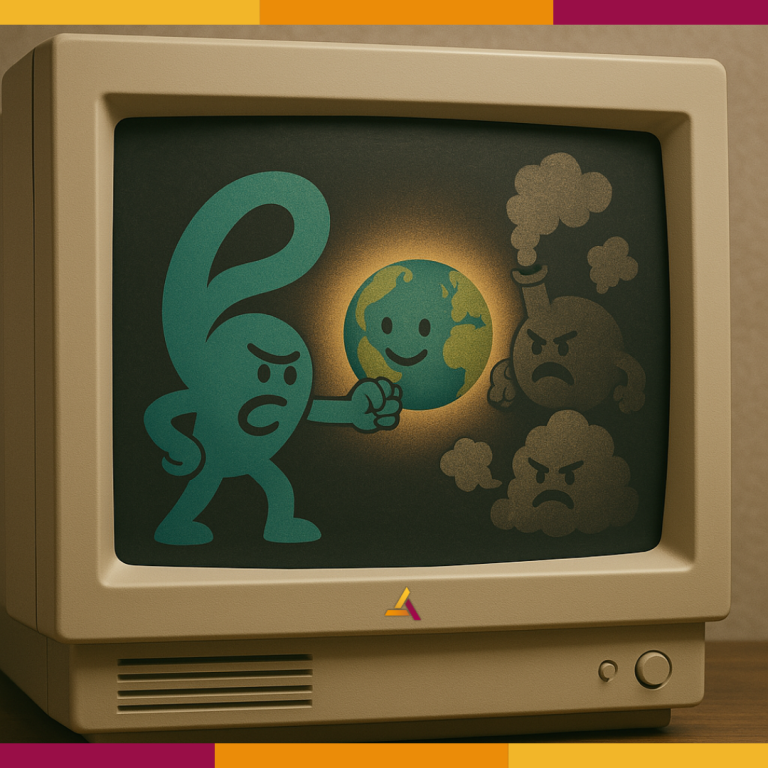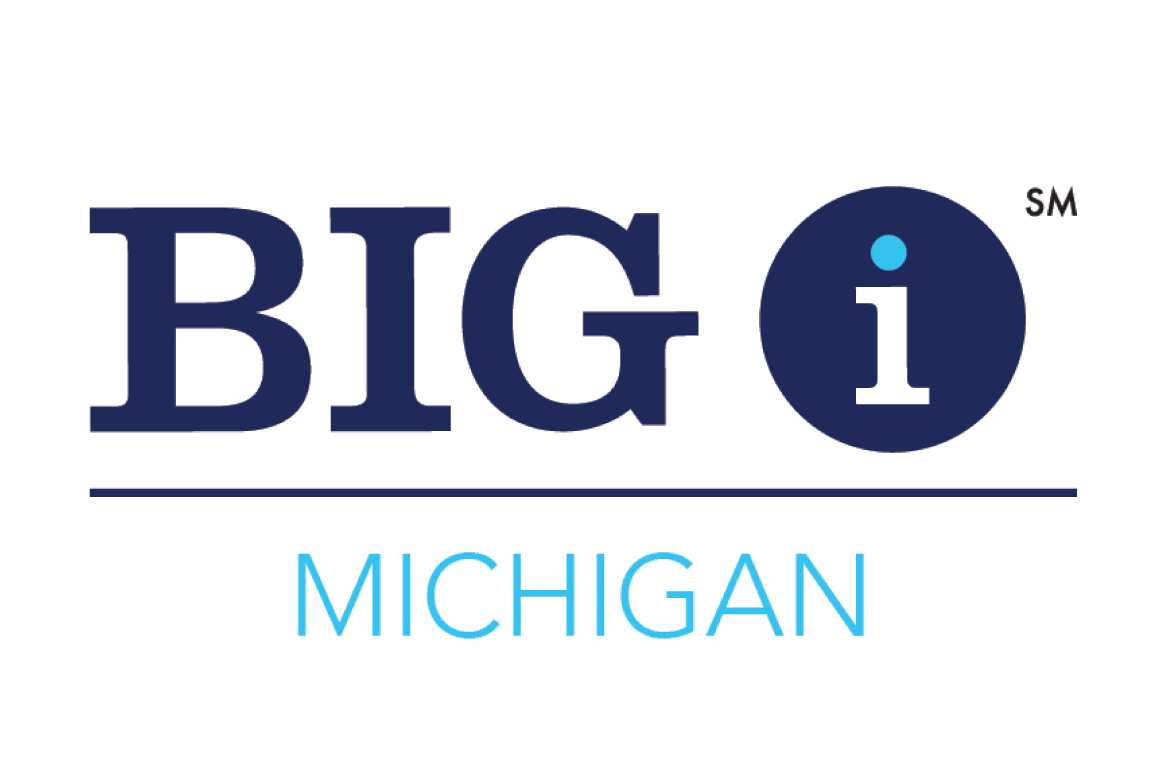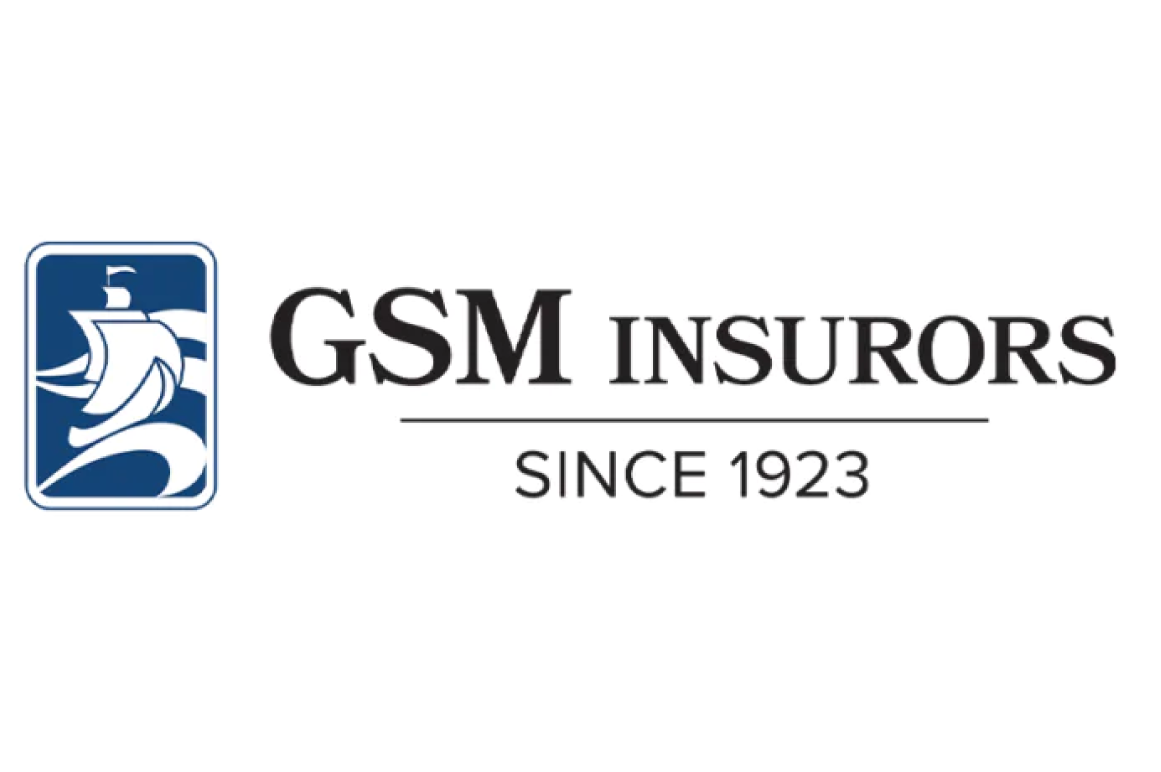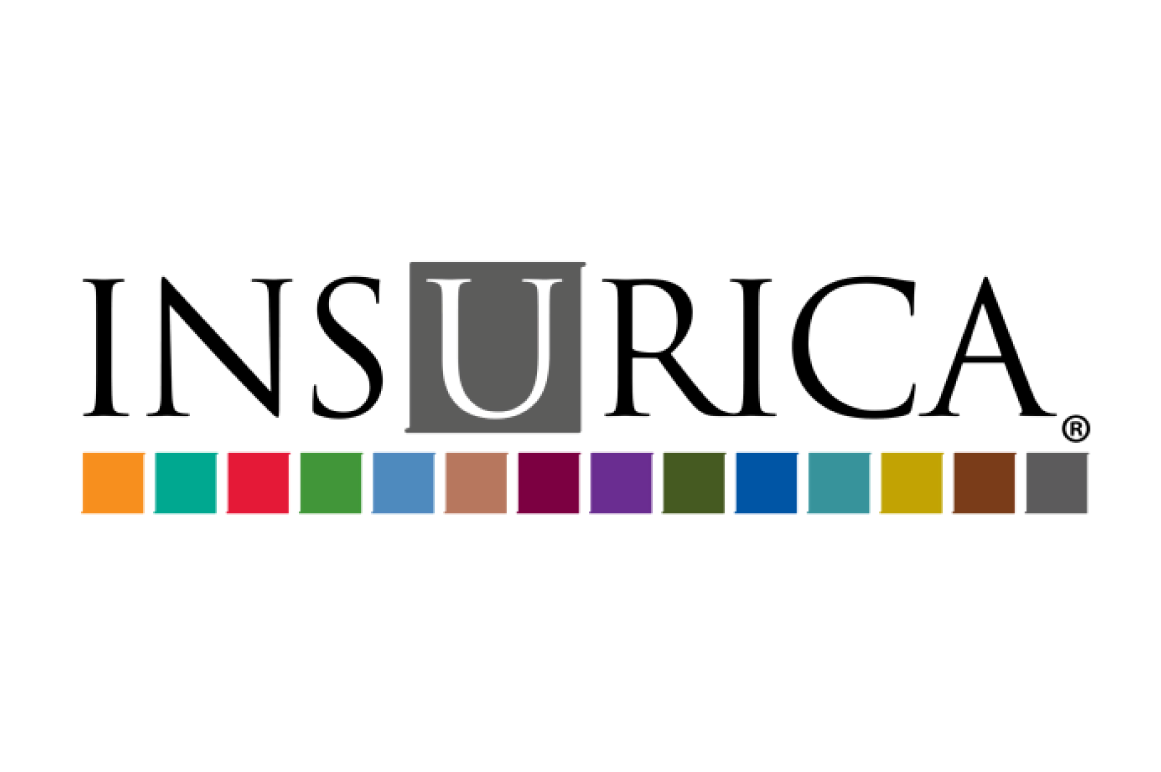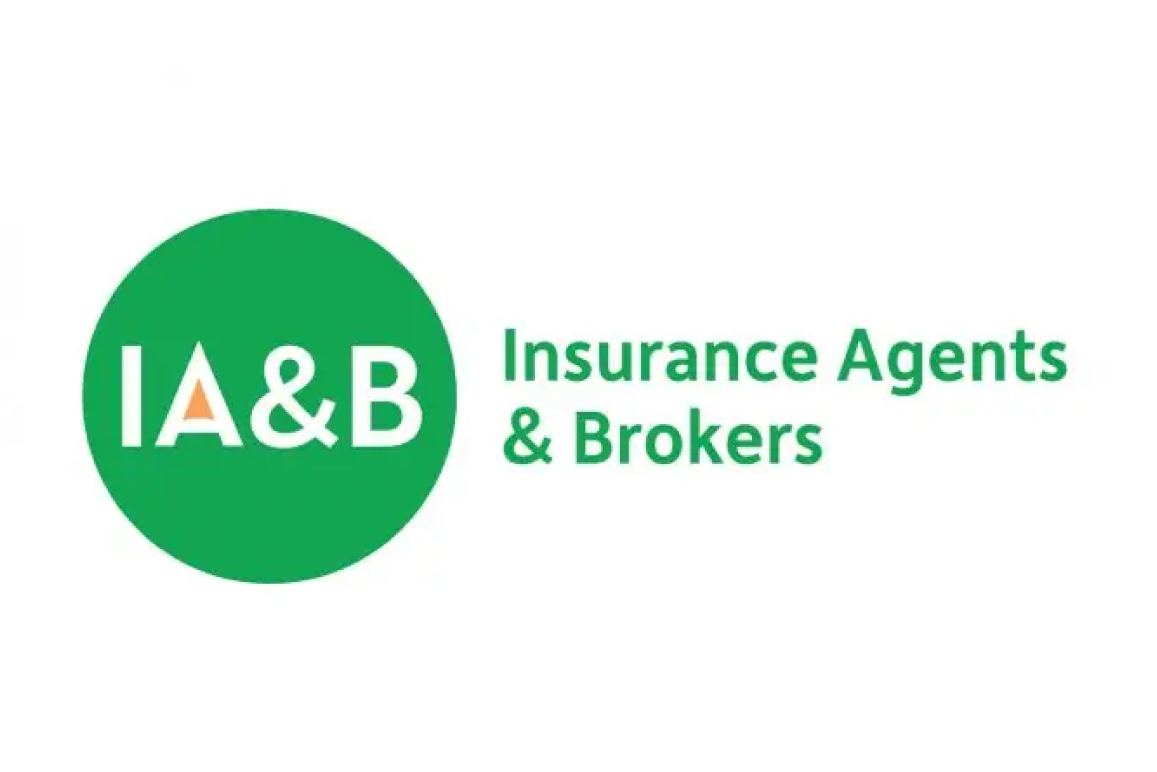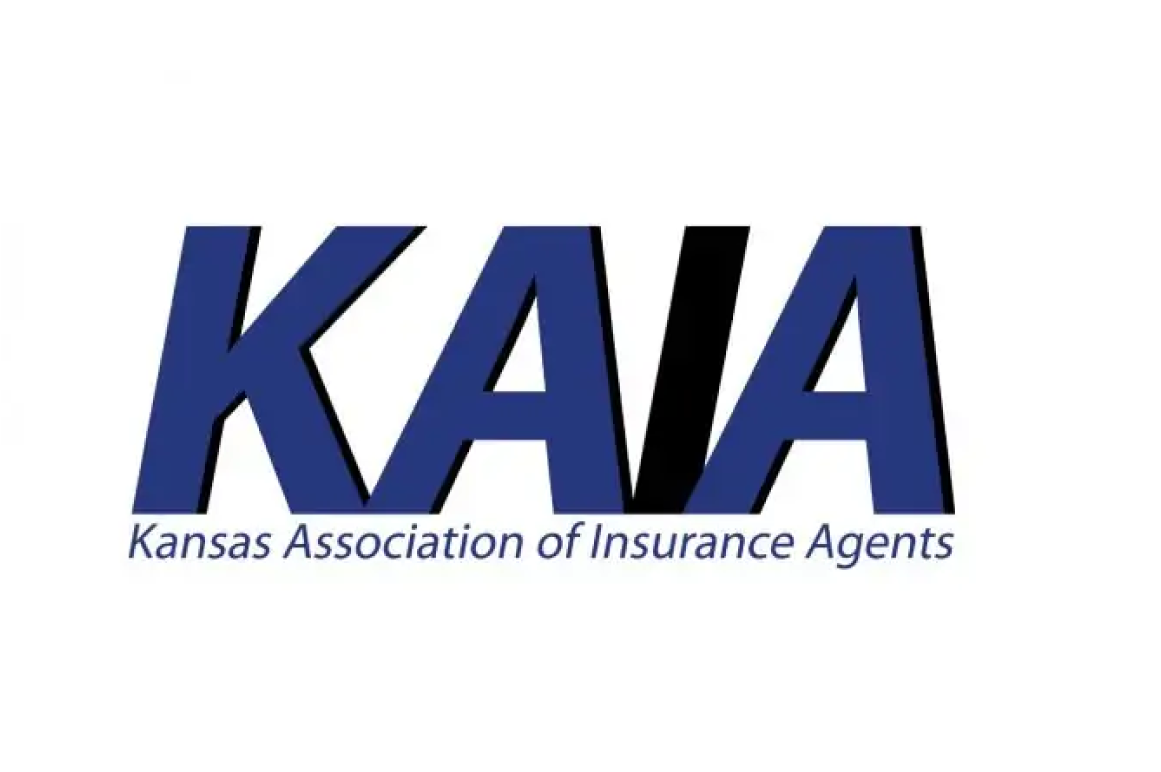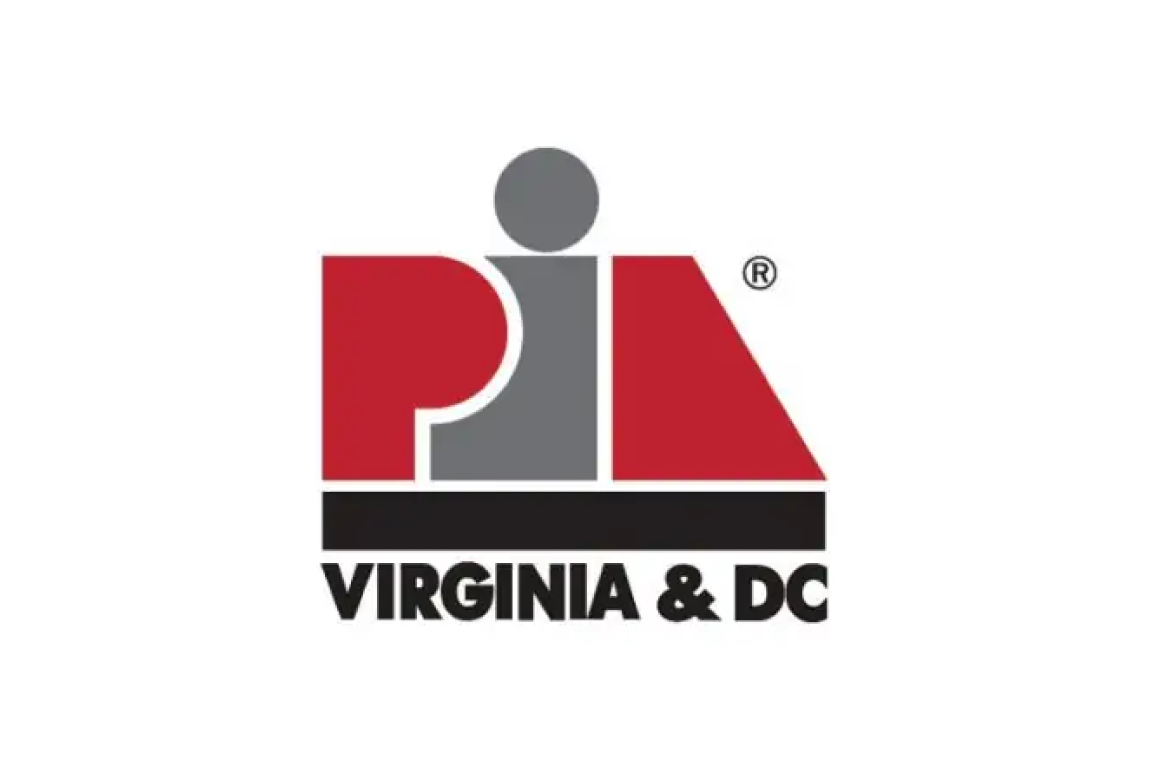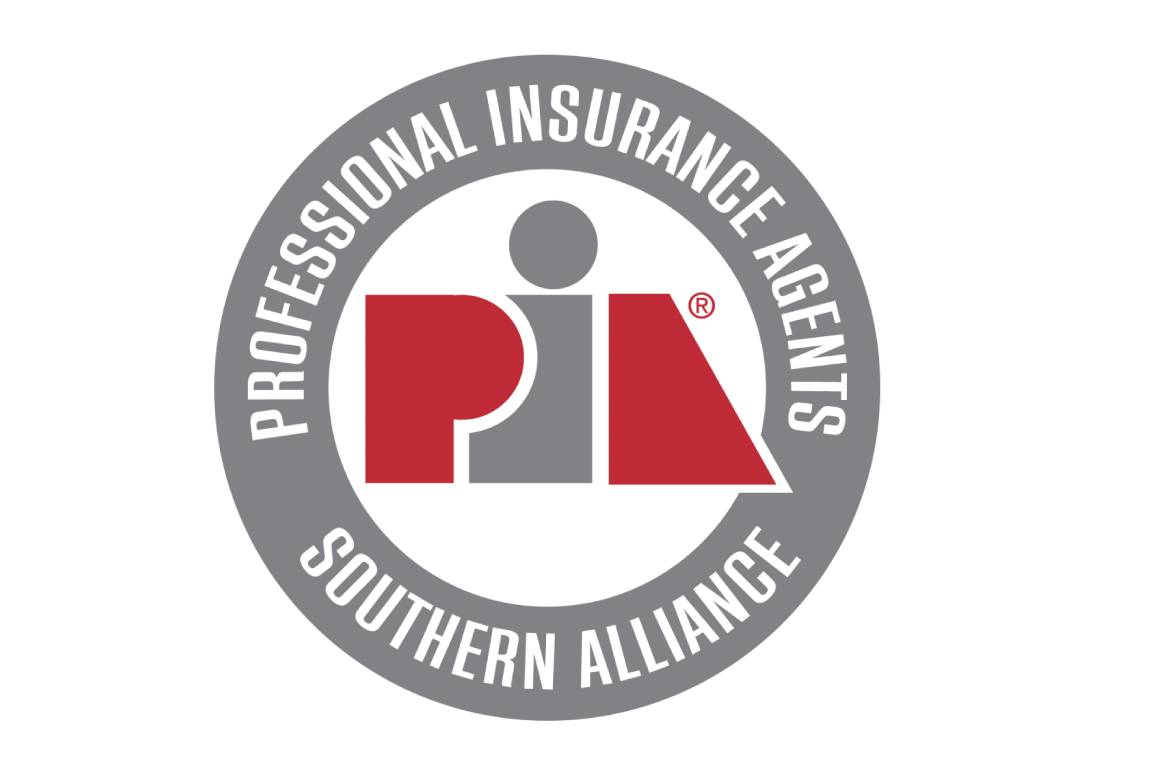Years ago, I was honored to share words of wisdom at an association conference. The theme of the meeting was “Use The Tools To Rule.” I recently ran across my notes from the speech and thought how nine years later, it is still relevant. In fact, even more so. So, with that thought in mind, here it is with a few updates—
When considering what to share with you today, I thought about the theme of the meeting, “Use The Tools to Rule” and immediately began to think about the tools that have helped me through my 35-year (now 44-year) insurance career—the tools I used regularly, the tools I should have used more, the tools I shared with others, and the tools I borrowed from others. Sounds like exposures for a Contractors Equipment Floater!
In preparation for our time together today, I prepared an inventory of the tools in my toolbox and would like to share it with you today. No doubt you have many, if not all, of the same tools in your toolbox.
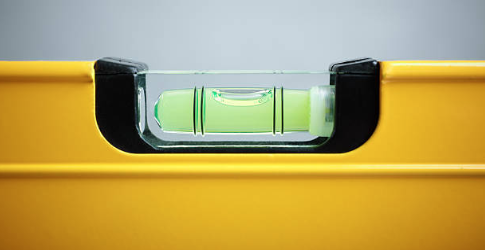
Level
This is a tool for measuring horizontal direction. It indicates whether something is on or off balance. This little tool with an air bubble in liquid is a valuable tool that I haven’t used as often as I should have. Many times over the years when a picture needed to be hung in our home, I was content with “eyeballing” where the nail should be hammered. The first nail was always the easiest; the second one not so much. I would guesstimate where it belonged, hammer in the second nail, and hang the picture with the expectation it would hang straight. When it didn’t, which was most of the time, I would simply move the nail and try again. Truth be told, if you removed one or two pictures from a wall in our home, you would probably find an extra hole or two. (This didn’t take place when my husband was home. He will discover them next time he paints the walls!) A level would have made this process so much easier!
Those who know me well will attest there are times when my level needs to be pulled out more frequently to measure the balance in my life and possibly make adjustments. Since being blessed with two granddaughters, I have begun to get more in balance. After attending a church service recently while working in Hawaii, I enjoyed the songs accompanied by barefoot musicians playing their ukuleles and guitars. I was motivated to play the guitar again. I came home, found my guitar in the back of the closet, had it restrung, and began playing again. I had to make a conscious decision to take the time away from work to learn those cords again. I want my granddaughters to have memories of sitting with Grandma playing the guitar and singing the same songs my dad played on his guitar and taught me when I was their age and then taught our daughter when she was young. You know, songs like “You Are My Sunshine”, “Oh My Darling,” and “Old Uncle Bill Had A Still On The Hill.” Well, maybe not Old Uncle Bill—for now I’d best stick with “You Are My Sunshine”! See, it is unlikely my precious granddaughters would care or even remember that Grandma once knew the 165 lines of the 1943 New York Standard Fire Policy or the impact of a Margin Clause on a Blanket policy or the differences between the Drive Other Car and the Individual Named Insured endorsements.
All of us need a level in our toolbox; using it to help us keep our life in balance. Balancing our professional life with our family life and including personal time can be challenging. It is important to have that time for your personal needs. Whether it is quiet time, exercise time, time for reflection or some other leisure activity, I encourage you to take that time even if it is for only a few minutes a day.
It was once said, “Problems arise in that one has to find a balance between what people need from you and what you need for yourself.” (unknown source)
I encourage you to use your level! Make necessary adjustments before they are made for you!

Timer
I think all of us could make use of a timer; it would help us better manage our time. Time management is an art that when mastered, works with the Level in balancing our life.
I began my insurance career after graduating from Clover Park Vocational Technical Institute’s Insurance Secretary Program. For those of you who have also been in this industry “since dirt,” let’s look at technology back then.
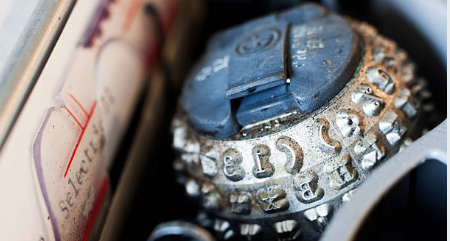
Do you remember the IBM Selectric typewriter? When I went to work in an insurance agency in 1974, we had blue ones and green ones—I was so excited when we got new font balls and didn’t have courier pitch any longer. There were not calculators on everyone’s desk. Instead, we had the big “adding machine” in the backroom. You know, the ones where you pushed down the number keys and pulled the handle. The typewriter used for proposals was an Olympus. When correcting an error, you had to know how many times you needed to hit the backspace per letter, as they were all different. An “i” was one space, while an “m” was five.
My first task on the job was to staple the copies of claims drafts to the ACORD loss report. It was a great agency to work for, but I surely did not have time management skills. If after pulling the mail, I had four piles of files to work on, I would begin working on the first pile. If I came to a difficult file, it might be put on the bottom of Pile 4. At the end of the day, I would have finished the first three piles, leaving Pile 4 for the next day. And, we all know what Pile 4 contained—what I now refer to as “unibomber” files. They were eventually going to blow up if not handled quickly. Don’t get me wrong; I didn’t put off working on all the difficult accounts since I did learn that, unlike fine wine, bad files don’t get better with age. But it wasn’t until I went to work for SAFECO that I had formal time management training—and what a difference it made and has made over the years. It allows me to prioritize my work, getting “A” items done before “C” items. This tool not only allows me to be proactive, but also provides time for reacting to situations.
Time management includes planning and setting goals. These activities can apply and bring value to all segments of our lives. It has been said, “There is never enough time to do everything, but there is always enough time to do the most important thing.” (unknown source)

Knowledge
Knowledge is a powerful tool when it is built with superior education and training. This is a tool I began using early in my insurance career.
I remember the first workshop I attended. I had been at the agency for about a year when I was told I would be attending a Flood Workshop. I couldn’t believe they were asking me to go; I was so excited!
It was a day or two after the workshop when I learned the real reason I had been selected to go. It was because no one in the agency liked writing flood insurance. Remember, this was before there was a Write Your Own program. You had to be able to read and interpret flood maps! By attending the workshop, by default I became the “flood specialist” with responsibility for rating, writing, and processing all the flood insurance in the agency. That new knowledge was beneficial to me, even though I was somewhat “set up”!
I began taking Insurance Institute of America (IIA) classes that were sponsored by the Tacoma-Pierce Country Insurance Women (TPCIW) in the mid-1970s. Some of you may remember the teacher, Alex Fleming. I was anxious to learn as much as I could about our industry. I took INS 21, 22, and 23 and completed my Certificate in General Insurance, all thanks to TPCIW’s sponsorship of the classes. I earned my CIC, my first professional designation, in 1981. While I have added many after that, the CIC is and always will be the one of which I am most proud.
Over my career I have continued to be a “life-long learner”; not to comply with any CE requirement and not solely to earn a professional designation, but to be a better insurance professional for myself, my employer, and my clients.
Now, let’s talk for a minute about the quality of tools that we can use. When a person is selecting tools for his or her toolbox, cost can become a factor. There is a tool store in South Tacoma where I can fill my toolbox fairly inexpensively. The question is, how long will those tools last? Will they last a lifetime? Will they even last through a job? Will I be able to hand my “hammer” down to my grandchildren, or will it have been destroyed long before then? The same money, spent on Craftsman or SnapOn would result in fewer, but better-quality tools.
I think we can apply the same concept to insurance education. Don’t settle for just satisfying a state’s continuing education requirement. Use your time to seek quality education and training that will turn into knowledge that you can apply. Take advantage of the educational opportunities available to you through NAIW, your employer, The National Alliance for Insurance Education & Research, the American Institute, and other professional organizations or associations.
One last thought on knowledge. The Town of Langley on Whidbey Island (Washington State) has an annual Murder Mystery the last week of February. The entire town participates; there is a crime scene, a coroner’s report, clues at all the shops, characters walking around town, etc. Your job is to solve the mystery, along with eating and partaking of a beverage now and then. A few years ago, one of the characters was an insurance salesperson. However, he did not call himself an insurance agent; he referred to himself as a Famous Forensic Formologist. I have used this title, minus the word famous, many times. See, in order to really know the coverage provided by our products, we must know our forms; this is how we understand the differences among our carriers. This makes us Forensic Formologists!
I get excited when a new form comes out or ISO introduces an update. It is almost cause for a vacation for some “reading time.” I enjoy that contract analysis.
How is education and training improving your tool of knowledge?
I can’t leave this section quite yet . . . sometimes our knowledge can be used against us! How many of you notice everything around you that could cause a loss or contribute to an accident when you are NOT at work? I think Risk is my middle name, and it is hard, if not impossible for me to ignore insurance and risk management while on vacation. In fact, sometimes I wish I didn’t know what I know—to be able to be fancy free without concerns about risk, coverage or no coverage! I know some of you are just like me!
While vacationing with friends, it came time to rent a car for a day trip. The night before, I had shared with my husband that we didn’t need to rent the car in our name, let them rent the car. See, I teach rental car coverage and knew the shortcomings in the personal auto policy—time to apply risk avoidance. Well, the only problem was our friend and his wife also wanted to avoid risk. Did I mention he is also an insurance professional? The next day at breakfast we learned that neither couple wanted to rent the car in their name. So, guess what we did? We drew straws and the Clarkes won! The other couple had to rent the car. We did agree to share the $500 deductible on the Collision Damage Waiver purchased should anything happen. Let me just say the car was damaged that day and that is all I can say. It was and continues to be a “sealed file”!
I love to watch the television show, Little People, Big World. In fact, I am going to the stars’ farm tomorrow to buy a pumpkin to take to our grandchildren in Georgia. I can’t watch that show without thinking of the exposures created by Matt’s dreaming!

Laughter
Laughter is a must have tool!
First, I have heard it said that “it is wrong to suppress laughter as it goes back down and spreads to your thighs.”(Fred Allen)
That is reason enough to laugh!
“Laughter is jam on the toast of life; it adds flavor, keeps it from being too dry, and makes it easier to swallow life’s sorrows.” (Unknown source)
When I was the Insurance Education Manager for the Washington Office of Insurance Commissioner, I was sending letters to education providers asking them to resubmit their courses for approval. During this time, in 1985, I would dictate the name and address of the recipient, spelling out any unique names of the recipient or streets. The word processing department would type the form letters. I would receive them so I could add a wet signature, and the letters would be mailed. A few days after the letters had gone out, I received a phone call from a branch manager of a local insurance company. He said, “JoAnn, I received a letter from you. My name is Joe Cox,” and he spelled his last name. I thought to myself, well duh, I know how to spell your last name. I put the call on hold to pull the file . . . only to discover the young woman in our word processing department did not know how to spell the last name Cox. She had spelled it, well, in a way that was, well, inappropriate. But with my name at the bottom of the letter, it was my responsibility. I apologized, he accepted, and we went on. Lucky for me, he had a sense of humor. Every time he called after that, he would always say, “JoAnn, this is Joe Cox” and spelled his last name. This situation could have been so much worse, but laughter and humor got us through it.
Shortly after my husband and I were married in 1982, we received a letter from his auto insurance agency asking about our homeowners insurance. The letter was correctly addressed to both of us; however, the salutation read Dear Tom and HoAnn. I circled the Ho part, wrote on the letter “you don’t know me well enough to call me this” and mailed it back to the agency. I had hoped to bring an error to their attention with humor . . . you know, I never did hear back from them!
This past spring I was at Fred Meyer, and one of the items on my shopping list was fresh cut flowers, as we were having friends over for dinner that night. I was in the floral department, looking at the flowers and smelling them since I didn’t want non-scented or flowers with over-powering scent. Someone walked past me and said, “Hi JoAnn!” I turned around and saw a person I had just met in church earlier that week. We chatted for a minute or two, then both went on our way. I selected my flowers, finished my shopping, and went to the checkout stand. I had noticed the friendliness of people that day, smiling as I walked by. The checkout person was no different. I went to my car, unloaded my groceries, put on my seatbelt, started the car, and then looked in the rearview mirror. Horror set in! I had the brightest orange pollen all over my face, evidently gathered from lilies I had smelled earlier. I was dying inside—I was so embarrassed. But my embarrassment quickly turned to laughter. I must have been quite a sight both in the store and while in my car laughing way too hard. And, I am sure others in the store laughingly told others about the weird woman they saw at the store walking around with orange stuff all over her face!
Humor and laughter are a must in our industry. Certainly, we have to choose the time and the place; and it must be appropriate humor and laughter, but take the time to laugh sometime during the day—even if it is to laugh at yourself.
I remember a speaker, Marilyn Gray, who encouraged us to tell those funny stories on ourselves—it’s therapeutic!
“You don’t stop laughing because you grow old; you grow old because you stop laughing. Laughter is a tranquilizer with no side effects.” (Unknown source)
Do you have laughter in your toolbox?
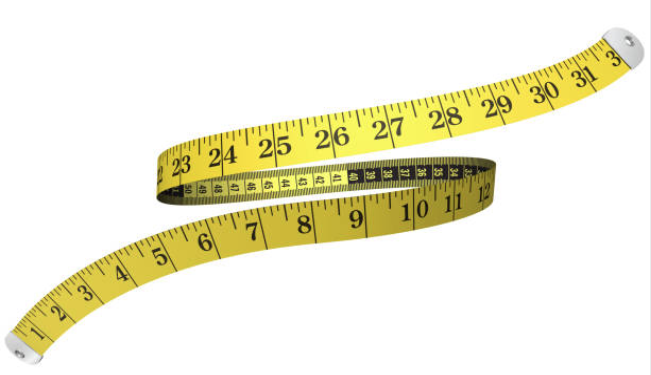
Tape Measure
My father always had little sayings that have stuck with me over the years. One I heard frequently was, “Measure twice, cut once.” Think about what you are doing; plan for your results; and know what the desired outcome is. Don’t be impulsive on important decisions.
The tape measure can also measure the benefit or return on investment of an activity or project. It can help you to determine if the juice is worth the squeeze.
Does your toolbox have a tape measure?

People
Not that you will have people per se in your toolbox, but surround yourself with the right people—people who will encourage you, support you, teach you, be honest with you, hold you accountable, and love you in spite of your shortcomings. And, be a person to encourage others, support others, teach others, be honest with others, hold others accountable, and love others in spite of their shortcomings.
Tools are best used to build up others, not tear them down.
I have looked back at my insurance career and have thought of those who have had a profound impact. First it would be my parents, who taught me to always have pride in what you do, always do the best you can, and they demonstrated a work ethic that stuck with me. Others include my instructor at Clover Park. She made insurance come alive and made it interesting. The sister of the agency owner where I first worked, truth be told, at times I felt like she was Attila the Hun. Honestly, I didn’t appreciate the level and degree of training she provided until later. In retrospect, I would not have wanted to have been trained any other way or by any other person. A vice president at SAFECO impacted me—demonstrating the value of education and training and how absolutely delightful it is to teach others. While earning my CIC designation in 1981, I was blessed to have the most dynamic, knowledgeable insurance professionals from across the country share their knowledge with me. As a young insurance professional with a thirst for knowledge, I learned so much from them through CIC. These individuals and others in the industry helped lay a foundation upon which my insurance career has been built.
I love this industry. This industry has been good to me and good to my family. You have experienced the same, I am sure. We need to bring new people into our industry and should strive to have some small part in laying the foundation for others.

Miscellaneous Tools
Unscheduled tools include respect of others, initiative, ethics, honesty, chocolate, encouragement, healthy eating and exercise, and did I say chocolate?
Having and using the right tools allow you to react positively to adverse or difficult times—the pilot landing on the Hudson, NFL Commissioner Roger Goodell climbing Mt Rainier. They both used their tools to rule!
Whether an apprentice or a journeyman, having and using the right tools is important. Today is a good day for us all to evaluate the contents of our toolbox; wiping cobwebs off those that have been laid aside, ridding ourselves of ineffective tools, and replacing missing tools. It is a good time to determine if we are using the correct tool for the job.
Thank you for the opportunity to spend this time with you. Have a wonderful day!

